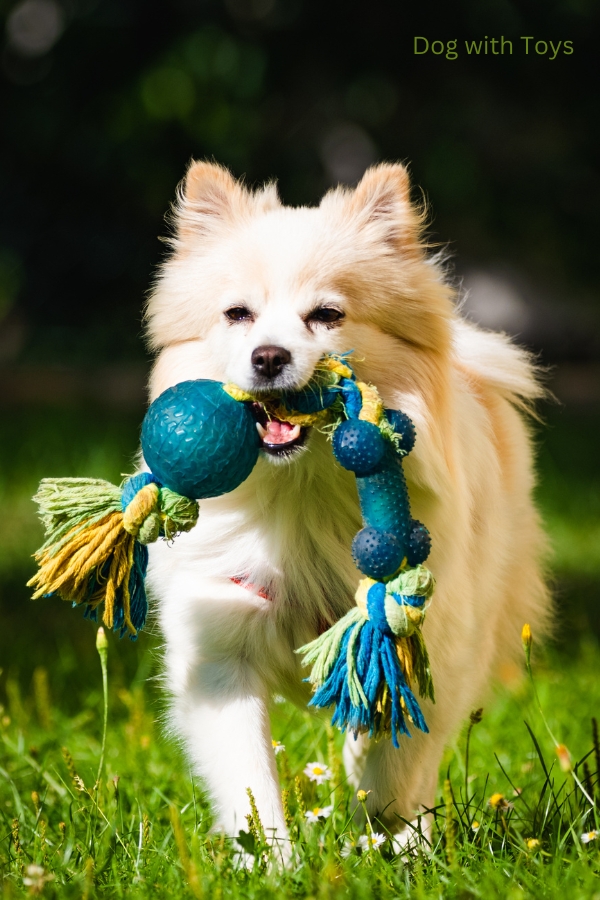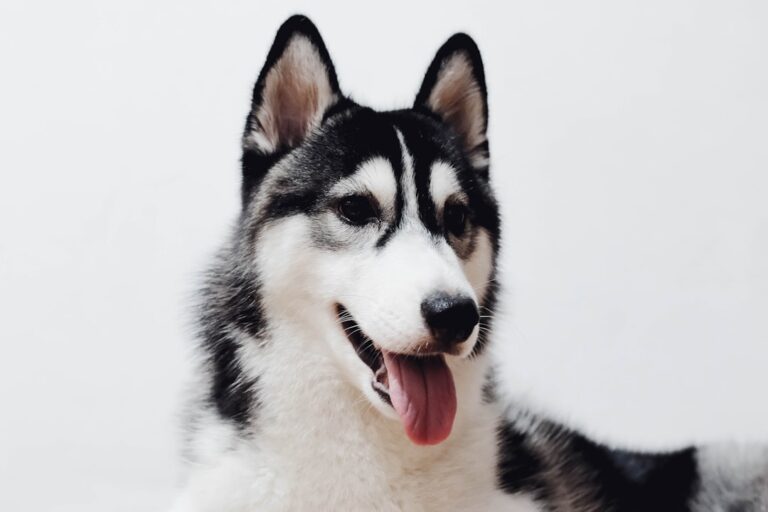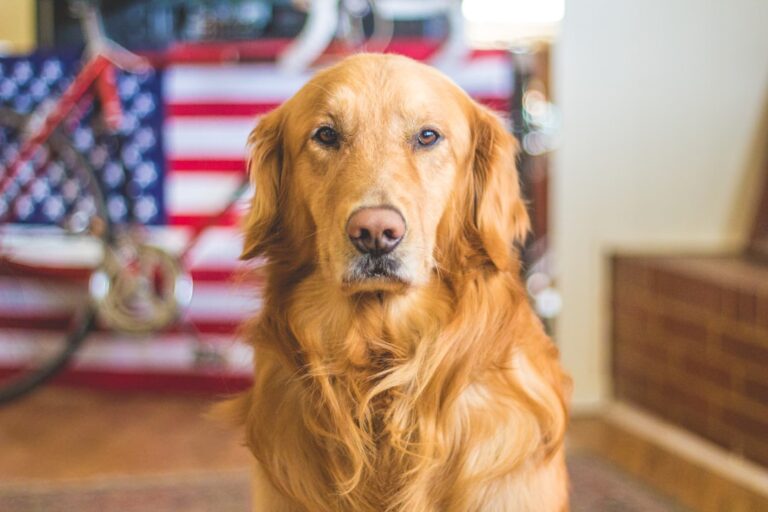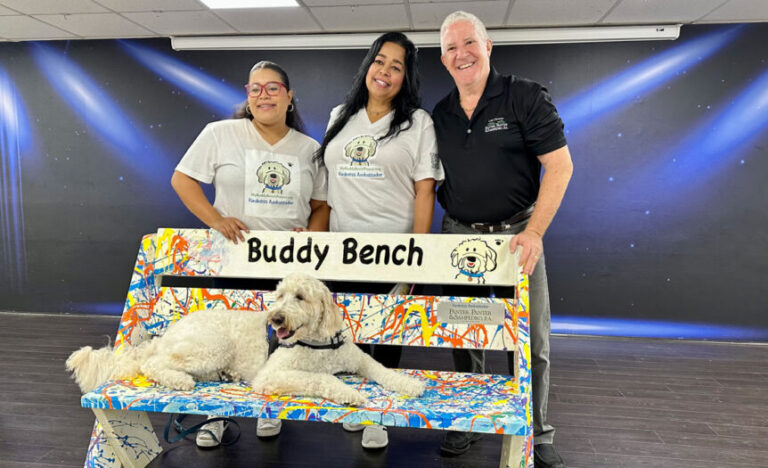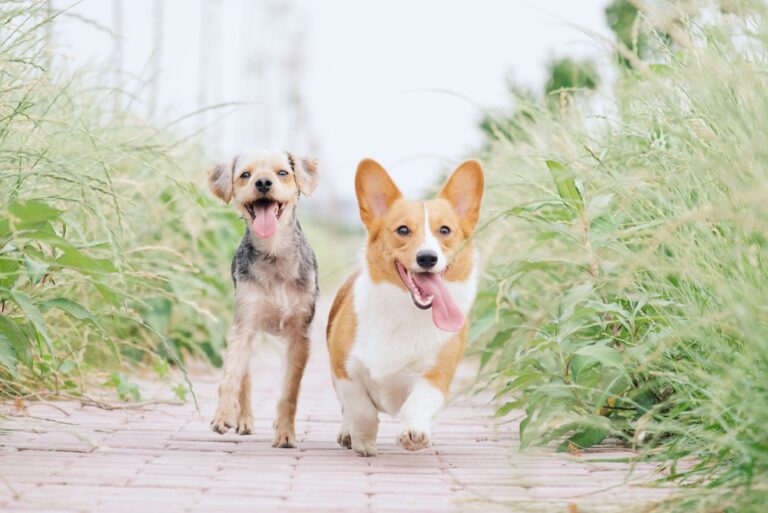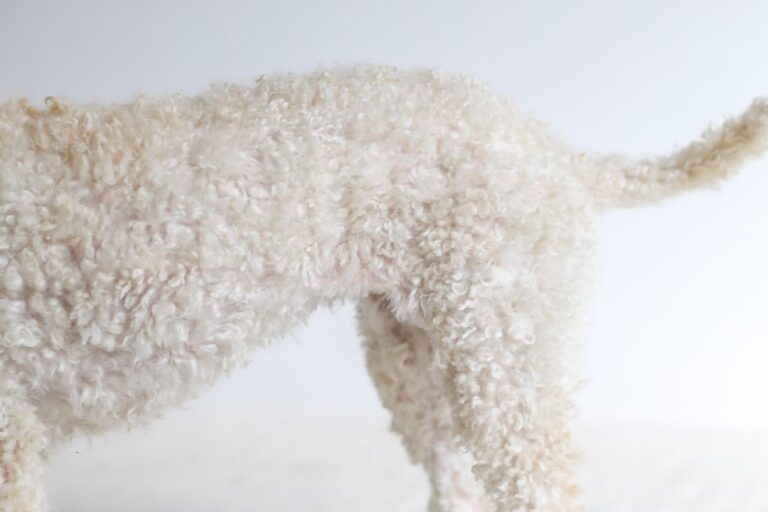How Can I Teach My Dog to Play With Toys? [Solution Inside]
Teaching your dog to play with toys can be easy and fun! The key is to use the right approach, choose the right toys, and be patient. Start by introducing toys in a positive way and reward your dog for engaging with them. Soon, your dog will love playing with toys!
This article will explain step-by-step how to teach your dog to enjoy toys. It includes examples, FAQs, and useful tips backed by data and expert advice.
Read More: The Essential Role of Dog Toys in Grooming: How Play Enhances Your Dog’s Health and Grooming Routine
Why Is Playing with Toys Important for Dogs?
Playing with toys helps dogs stay healthy, happy, and smart. Toys provide:
- Mental stimulation: Keeps your dog’s brain active.
- Physical exercise: Helps your dog stay fit.
- Stress relief: Reduces anxiety and boredom.
- Bonding time: Strengthens your connection with your dog.
Steps to Teach Your Dog to Play with Toys
1. Choose the Right Toys
Not all toys work for every dog. Here’s how to pick the best ones:
| Type of Toy | Best For | Examples |
|---|---|---|
| Soft plush toys | Puppies or gentle chewers | Stuffed animals |
| Chew toys | Dogs who love to chew | Rubber bones, KONG toys |
| Puzzle toys | Smart, curious dogs | Treat-dispensing balls |
| Interactive toys | Dogs who need attention | Tug ropes, frisbees |
Tip: Avoid toys that are too small or have loose parts. They can be choking hazards.
2. Start with Treats and Praise
Dogs love rewards. Follow these steps:
- Show your dog a toy. Let them sniff it.
- Place treats on or inside the toy.
- When your dog investigates, say, “Good job!” and give more treats.
- Repeat daily until your dog shows interest in the toy.
Example: If you use a KONG toy, fill it with peanut butter. Your dog will want to play to get the treat.
3. Make It a Game
Dogs love fun activities. Turn playing into a game:
- Fetch: Throw a ball and encourage your dog to bring it back. Reward them with a treat.
- Tug-of-War: Use a rope toy to gently pull while your dog pulls back.
- Hide and Seek: Hide a toy and encourage your dog to find it.
Example: A Labrador Retriever might enjoy chasing a frisbee because of their natural retrieving instincts.
4. Play Alongside Your Dog
Sometimes dogs don’t play because they don’t know how. Show them!
- Shake or toss the toy to grab their attention.
- Pretend the toy is alive by moving it around.
- Make playful noises to excite your dog.
Tip: Use toys with squeakers to keep your dog engaged.
How Long Does It Take for a Dog to Learn?
On average, dogs can learn to play with toys in 1-2 weeks. However, the time depends on your dog’s personality and experience.
| Type of Dog | Learning Time |
|---|---|
| Puppies | 3-7 days |
| Adult dogs (active) | 1-2 weeks |
| Adult dogs (shy/timid) | 2-4 weeks |
Data Fact: A study in Applied Animal Behaviour Science found that 80% of dogs showed increased interest in toys when food rewards were used during training.
FAQs About Dogs and Toys
Q1: My dog doesn’t care about toys. What should I do?
Start with toys that include food or treats. Dogs are motivated by smell and taste. Try rubbing a toy with peanut butter or hiding treats inside it.
Q2: How can I stop my dog from destroying toys?
Choose durable toys made for heavy chewers. Avoid soft or flimsy toys if your dog chews aggressively.
Q3: Can all dogs learn to play with toys?
Yes! Even shy or older dogs can learn. It just takes time and patience.
Q4: How many toys should my dog have?
Dogs benefit from having a variety of 4-6 toys. Rotate them to keep things interesting.
Advanced Techniques for Teaching Toy Play
Use a Toy Rotation System
Dogs can get bored with the same toys. Keep some toys hidden and rotate them weekly. This makes old toys feel new again.
Combine Toys with Training
Incorporate toys into training sessions:
- Use a toy as a reward for obedience commands like “Sit” or “Stay.”
- Teach your dog to fetch specific toys by name.
Encourage Independent Play
Train your dog to play when you’re not around:
- Leave toys filled with treats.
- Praise your dog for playing on their own.
- Avoid interrupting when your dog is playing.
Example Case Study:
- Dog: Max, a 4-year-old rescue dog.
- Problem: Max ignored toys and seemed uninterested in play.
- Solution: Max’s owner introduced a food-filled puzzle toy and rewarded Max for interacting with it. After one week, Max started playing with the toy on his own.
Building on the Basics: Strengthening Your Dog’s Interest in Toys
Now that you’ve introduced toys to your dog and seen some progress, it’s time to build on this foundation. This section will cover more advanced strategies, creative ideas, and solutions for common challenges.
5. Match Toys to Your Dog’s Personality
Each dog has a unique personality. Understanding your dog’s preferences can help you select toys that suit them best:
| Dog Personality | Toy Suggestions | Why It Works |
|---|---|---|
| Active and energetic | Frisbees, balls, tug ropes | High-energy dogs love movement-based toys. |
| Shy or timid | Plush toys, treat-dispensing toys | Gentle dogs feel comforted by soft, quiet toys. |
| Food-motivated | Puzzle feeders, KONG toys | These toys satisfy their love of food. |
| Social and interactive | Tug toys, interactive fetch toys | They enjoy activities that involve people. |
Pro Tip: Watch your dog during play to learn what excites them the most.
6. Use Positive Reinforcement Techniques
Positive reinforcement is the best way to teach any new behavior. Here’s how to apply it:
- Reward Engagement: Give your dog a treat or praise whenever they interact with the toy.
- Shape Behavior: If your dog only sniffs the toy, reward them. Next, reward them for picking it up. Gradually increase expectations.
- Be Consistent: Practice for 5-10 minutes daily to build a habit.
Example Training Routine
- Day 1: Introduce the toy with treats and praise.
- Day 2-3: Encourage your dog to touch or hold the toy. Reward every attempt.
- Day 4-7: Play simple games like fetch or tug. Gradually reduce treats as your dog gains interest.
7. Overcome Common Challenges
Teaching a dog to play with toys isn’t always smooth. Here are solutions to common problems:
Challenge: My Dog Loses Interest Quickly
- Rotate toys to maintain novelty.
- Use interactive toys that keep your dog busy, like puzzle feeders.
Challenge: My Dog Only Chews on Toys
- Redirect chewing by introducing fetch or tug-of-war games.
- Praise your dog for using toys correctly and provide durable chew toys.
Challenge: My Dog Gets Overexcited
- Limit playtime to short sessions (5-10 minutes).
- Teach commands like “Drop it” to calm your dog during play.
8. Make Playtime Special
Dogs thrive on routine and anticipation. Create a playtime schedule:
| Time of Day | Activity | Purpose |
|---|---|---|
| Morning | 10 minutes of fetch | Burn off energy before walks. |
| Afternoon | Puzzle toy or treat dispenser | Mental stimulation. |
| Evening | Tug-of-war or hide-and-seek | Bonding time before bedtime. |
Tip: Keep play sessions short and exciting to prevent boredom.
Interactive Toys: A Game-Changer
Investing in interactive toys can significantly improve your dog’s playtime. Examples include:
- Automatic Ball Launchers: Great for high-energy dogs who love fetch.
- Smart Puzzle Toys: Keep your dog mentally engaged by solving problems to get treats.
- Rope Toys with Squeakers: Combines chewing and tugging fun.
Data Insight: According to a survey by the American Pet Products Association, 61% of dog owners found that interactive toys reduced their dog’s destructive behaviors.
Read: Chew Dog Toys
Training Older or Rescue Dogs
Older dogs or rescues may take longer to adapt to toys, but they can still learn!
- Start Slow: Introduce toys one at a time.
- Build Trust: Use soft toys and reward any interaction.
- Focus on Comfort: Choose calming toys, like plush ones, for shy dogs.
Real-Life Example: Bella, a 6-year-old rescue Beagle, had never seen toys before adoption. Her owner used a squeaky toy with treats inside to teach her. Bella learned to enjoy toys after two weeks of daily practice.
How to Keep Your Dog’s Interest Long-Term
To make toy play a lifelong habit, you’ll need to keep things fresh:
- Switch Toys Regularly: Store half the toys and rotate them every week.
- Introduce New Games: Change activities to keep playtime exciting.
- Play Together: Dogs love attention—your involvement makes toys more fun!
Conclusion
Teaching your dog to play with toys is a rewarding experience that benefits both you and your furry friend. By choosing the right toys, using positive reinforcement, and incorporating creative play strategies, you can turn any dog into a playful companion.
With patience and consistency, your dog will not only learn to love toys but will also enjoy better mental and physical health. So grab a toy, start the fun, and watch your bond grow stronger every day!
FAQs Summary
- Can older dogs learn to play with toys? Yes, they can! Use soft toys and introduce them gradually.
- How do I know if a toy is safe? Choose toys that are the right size and avoid loose parts.
- What if my dog destroys toys? Invest in durable, chew-resistant toys.
- How often should I play with my dog? Aim for 10-15 minutes, 2-3 times a day.

